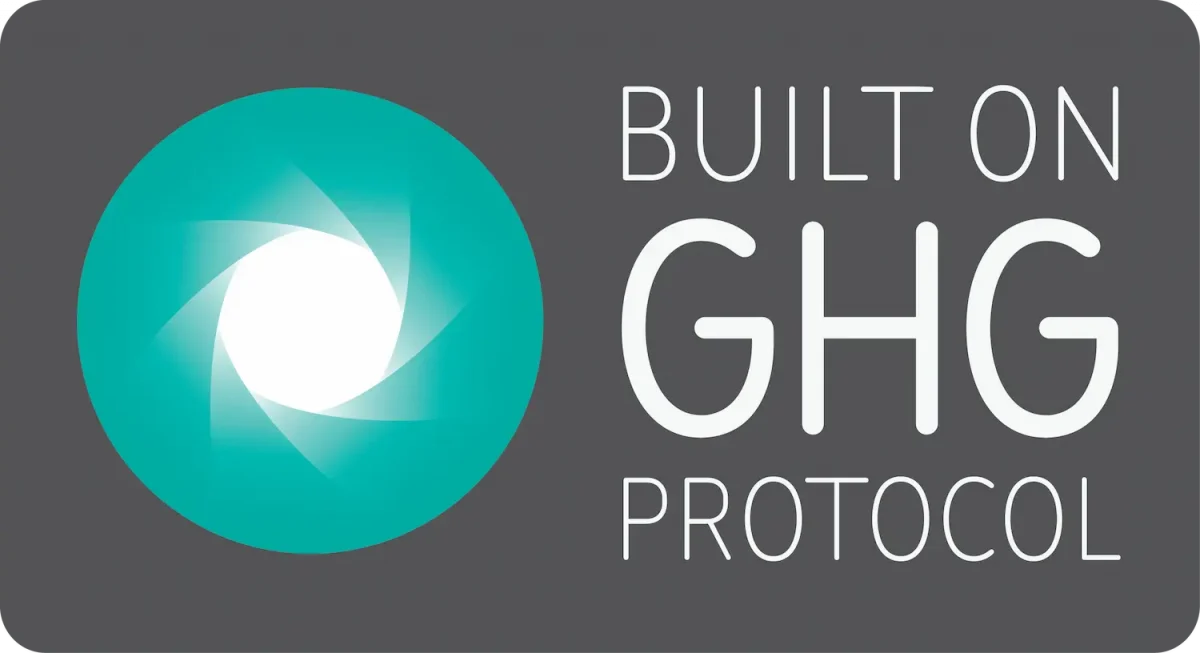Launched at World Building Day at COP26, the new methodology seeks to advance measuring and reporting of Embodied Carbon
Today, WRI announced the preliminary approval of the “Sector Supplement for Measuring and Accounting for Embodied Emissions in the Built Environment” as the document is in process to receive Built on GHG Protocol Mark. Once finalized, the Supplement will be available on WRI’s website at https://ghgprotocol.org/Guidance-Built-on-GHG-Protocol“
Embodied carbon emissions come from materials used to construct a building. The wood, concrete, steel, glass, and flooring used in making buildings has a carbon impact that is described as the “embodied carbon” of a building or building material. Managing the way buildings are built with embodied carbon in mind is a highly effective strategy for decarbonizing the built environment.
Traditional decarbonization strategies in the built environment focused only on energy efficiency and the reduction of “operational carbon”. While still important, the success of the building industry in reducing energy use (i.e. operational carbon) has led to the spotlight being turned to embodied carbon as the largest contributor of emissions in the built environment (51% of a buildings total emissions are now believed to be “embodied”).
Brightworks Sustainability and WAP Sustainability began working with a coalition of embodied carbon leaders in late 2019 called the Total Carbon Coalition. The challenge was connecting embodied carbon opportunities with corporate carbon accounting practices. Most organizations with significant real estate holdings were not measuring and accounting for the “purchased goods” associated with their buildings.
“We noticed that embodied carbon impacts were missing in most corporate GHG accounting and quickly realized that significant percentages of emissions were not being accounted for. Digging deeper we realized the challenge was how to account for those emissions.” said William Paddock, Co-Founder and Managing Director of WAP Sustainability
The accounting insight led to discussions with clients on how to use the WRI’s GHG Protocols to account for embodied carbon emissions and realized there was some ambiguity in how to do so. The Brightworks and WAP teams approached their own clients and WRI to determine the best path forward, which was to write the Sector Supplement for Measuring and Accounting for Embodied Emissions in the Built Environment using WRI’s Built on GHG Process. The outcome is a comprehensive approach that aligns with the principles of the GHG Protocol to account for embodied carbon in as Scope 3 emissions.
Cynthia Cummis, Director of Private Sector Climate Mitigation, WRI worked with the WAP and Brightworks team on the revisions of the method stating, “The Built on GHG Protocol mark provides validation that WAP’s guidance is in conformance with GHG Protocol standards and we are excited about the opportunities this resource provides to scale up GHG accounting and management across the built environment value chain. Embodied emissions in buildings present a significant opportunity for emissions reductions and we hope this guidance provides the clarity needed for the sector to take more ambitious action.”
“Empowering consistent Embodied Carbon Accounting is just the beginning. We need to align this approach with embodied carbon approaches in green building standards like LEED, drive embodied carbon awareness within the investment community through additional work with SASB and PRI. And finally, we hope to play a role in the development of a sector decarbonization approach within SBTi”, Jeff Frost, Project Manager for Brightworks Sustainability.
Wes Sullens, Director of LEED at the U.S. Green Building Council added that “The USGBC is all-in on embodied carbon and we applaud the work of these leaders in developing a more standardized way of accounting for the full carbon impacts of green buildings. We see this Methodology as a critical stepping-stone for more meaningful embodied carbon accountability and commitments, especially as a complement to aggressive energy conservation and renewable energy strategies found in LEED”.




